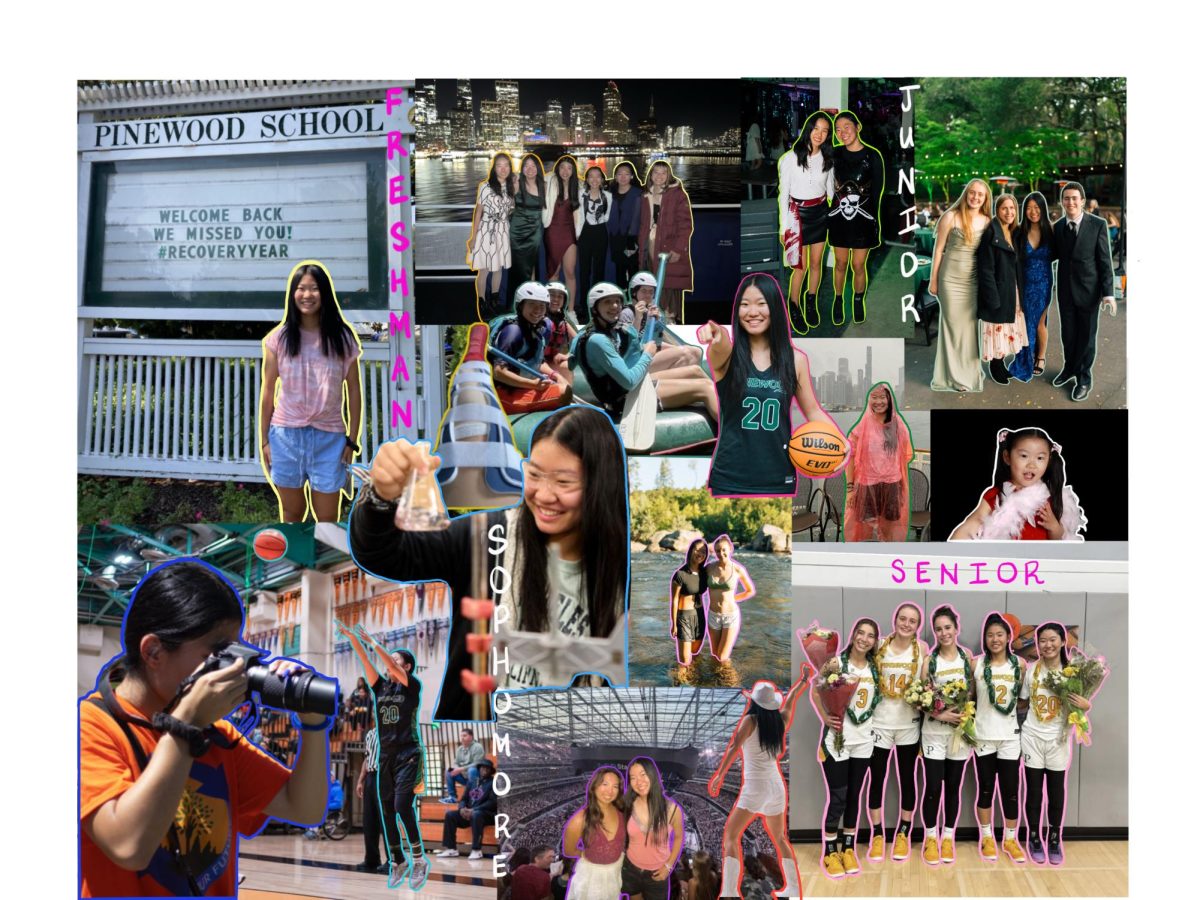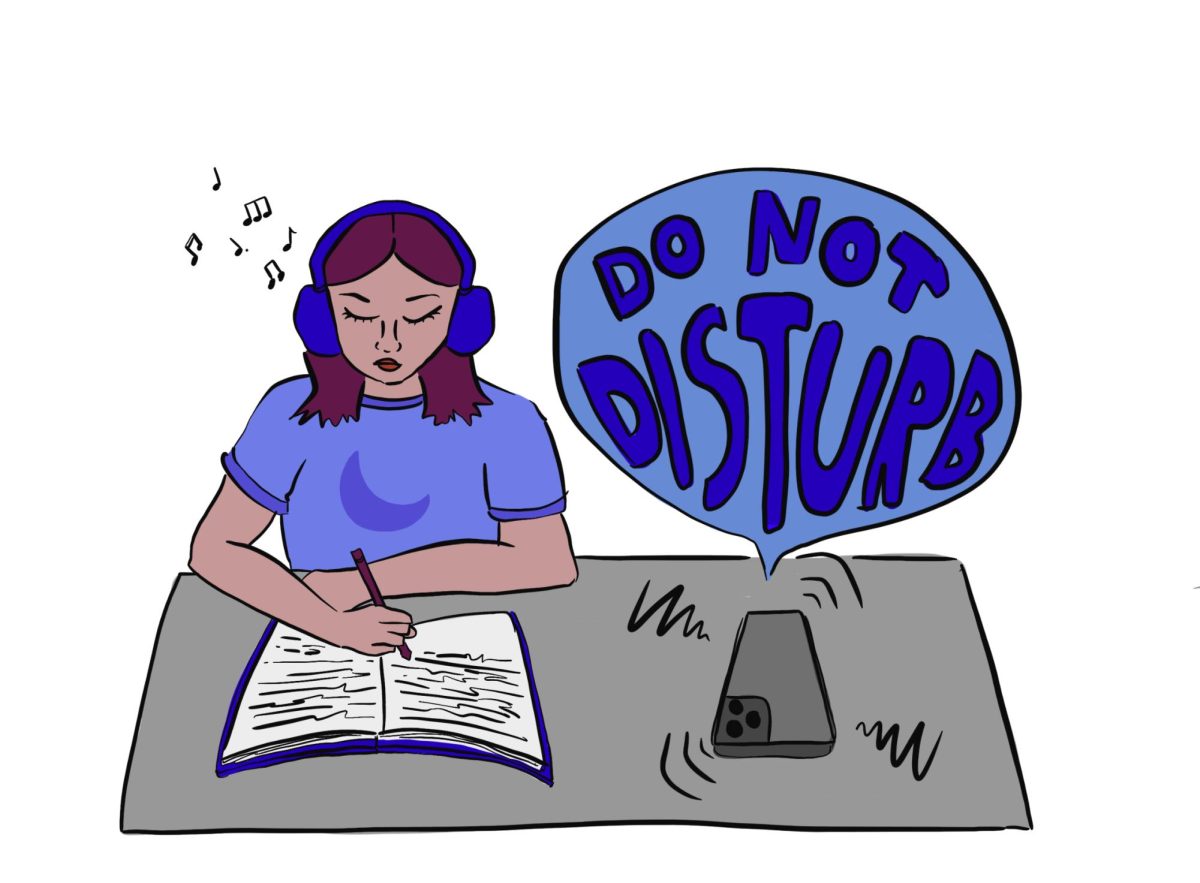Autumn always greets me like a long-distance best friend. The temperature starts to drop, the clouds lower, and the leaves melt into scarlet and rust. Yet, there is something I love even more than the weather change. I can only describe it in fragments: the pumpkin spice lattes, the plaid scarves, the layers upon layers of plaid, the photos of oversaturated leaves, the scent of warm spices mixed with vanilla, and later, the spooky witches and cauldrons that scream of the arrival of Oct. 31.
This can only mean one thing. The autumn aesthetic has been thrust upon us.
There is something so “2010s” about this aesthetic. Everything about it screams Tumblr girl (no, I did not have Tumblr in the 2010s), from the rainy windows to the spiced candles. For me, just seeing the knee-high boots and scarves is enough to invoke sweet nostalgia of simpler days. My Pinterest board of fall outfits are all unabashedly from the last decade, but that’s part of the fun.
Still, the effect of this aesthetic remains an integral part of our culture. Just look at Taylor Swift’s “Red (Taylor’s Version)” and the “Gilmore Girls” reruns; autumn isn’t going anywhere for the next couple of years.
The economic impact of this trend is equally as impressive as its societal influence. There’s no better example of this than pumpkin spice lattes. Starbucks sells 20 million pumpkin spice lattes every year, which is around $500 million in sales.
But past the overpriced lattes and frilly hair bows for $1.99, the larger problem of aesthetics and overconsumption emerges — for every new “-core,” there is a new “it” product that social media exploits. The largest evil of aesthetics is most notably apparent in the fast fashion industry.
Before clothing production relocated offshore in the late 20th century, the garment industry was dominated by the United States, where manufacturing was in its “golden age.” In the 1960s, 95% of clothing for American consumers was made in the U.S. However in the 1980s, globalization led to production of goods being outsourced to developing countries, where production was cheaper and labor laws were less restrictive.
The low cost of production of clothing allows for a greater amount of clothing produced each year. The average American throws away 82 pounds of textile waste each year, and buying more to comply with trends just adds to this number.
For the autumn aesthetic, sweaters with autumn leaves or Halloween cats remain wearable for only a short period of time. Hyper-specifying your closet and lifestyle to the month is inherently unsustainable; what happens when the fashion world decides that fall academia is out of style?
Of the 15% of clothes that people donate, only about 20% goes to those in need. Most are non-biodegradable, sitting in landfills for more than 200 years while releasing greenhouse gasses and leaching dyes.
Clothing at local Goodwills starts to pile up, and when these stores can’t sell their inventory, your clothes will be found in a developing country across the world.
Not to mention the increasingly shortened trend cycle, which allows fast fashion companies like SHEIN to rise to the top. SHEIN has been recently accused of violating labor laws, including using child labor and paying insufficient wages.
The autumn aesthetic is something to be enjoyed, as long as we do it sustainably. Shopping secondhand is a great way to incorporate autumn into our lives. As stressed-out students, it’s wonderful to be able to find comfort in three short months and the sights and scents surrounding it. For me, warm pumpkin bread coming out of the oven is enough to alleviate school stress for just a few minutes, and to me, that’s enough.







